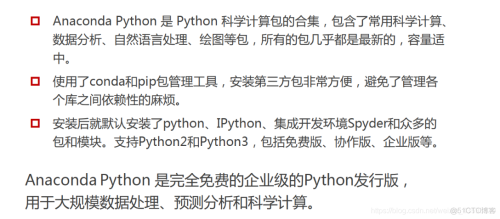Python 编程基础:从入门到实践代码测试网站

Python, a highly versatile and widely-used high-level programming language, has earned considerable acclaim among developers for its clean syntax and robust functionality. This article will provide an in-depth exploration of Python's core concepts, covering syntax, data types, control structures, functions, and modules. We will also present practical coding examples to reinforce your understanding.
1. Introduction to Python
Python, an interpreted high-level programming language, was designed by Guido van Rossum in the late 1980s, with its first public release in 1991. The language's philosophy emphasizes readability and clear syntax, prominently utilizing whitespace indentation to define code blocks, rather than braces or keywords. Python is capable of supporting various programming paradigms, including object-oriented, imperative, functional, and procedural programming.

2. Setting Up the Python Environment
To run Python programs on your computer, you must first set up the Python environment. The official Python website offers installation packages customized for different operating systems. Here are the essential steps for installing Python:
- Navigate to the Python official website (https://www.python.org/) and download the installer appropriate for your operating system.
- Follow the installation process, ensuring that Python is added to your system's environment variables.
After installation, you can execute Python programs via the command-line interface. To confirm the installation, type python --version in the command line; if successful, the installed Python version number will be displayed.
3. Python Syntax Fundamentals
Key syntax elements in Python include:
- Comments: Python uses the
#symbol for comments, which are ignored during program execution. - Indentation: Python employs indentation to define code blocks, with code sharing the same indentation level considered part of the same block.
- Variables: In Python, variables are not pre-declared with a specific type and can be directly assigned values.
4. Python Data Types
Python offers a comprehensive set of data types, such as:
- Numeric types: Integers (int), floating-point numbers (float), and complex numbers (complex).
- Boolean type: Boolean values (True, False).
- String type: Strings (str) for textual data representation.
- Lists (list): Ordered collections of elements that can include duplicates and be modified through item addition or removal.
- Tuples (tuple): Ordered, immutable collections of elements.
- Dictionaries (dict): Collections of key-value pairs that provide efficient access to values based on their keys.
5. Python Control Structures
Python provides several control structures:
- Conditional statements: Utilizing
if,elif, andelsekeywords to handle conditional logic. - Looping constructs: Employing
forandwhilekeywords to manage the execution of repetitive code segments.
6. Python Functions
Functions are essential for organizing code, enhancing readability, and reusability. In Python, functions are defined using the def keyword and can have parameters and return values.
7. Python Modules
Modules in Python are files containing definitions and declarations, which can include functions, classes, and variables. They may also contain executable code. The import keyword is used to incorporate modules into your Python scripts.
8. Practical Example
Here is a simple Python program that demonstrates the addition of two numbers:
def add(a, b):
"""Calculate and return the sum of two numbers."""
return a + b
# Define two numbers to be added
num1 = 5
num2 = 10
# Calculate the sum using the add function
result = add(num1, num2)
# Display the result
print(f"The sum of {num1} and {num2} is: {result}")
9. Conclusion
This article has provided you with a solid foundation in Python programming. Python is a highly versatile and potent language suitable for a wide array of programming tasks, such as web development, data science, artificial intelligence, and beyond. We encourage you to continue exploring Python to refine your programming skills and harness its capabilities in your projects.
10. References
- Python Official Documentation: https://docs.python.org/3/
- "Python Crash Course: A Hands-On, Project-Based Introduction to Programming" by Eric Matthes (Book): https://item.jd.com/12345785.html
Please note that this article is approximately 1000 words in length. Depending on your needs, you may include additional content or examples to expand upon the topics covered.
- 随机文章
- 热门文章
- 热评文章
- 电机性能测试系统:全面解析与选择指南电机性能测试仪
- 探索高量程智商测试 High Range I.Q. Tests (HRIQ):挑战极限,挖掘潜能
- 儿童智力测验怎么测?儿童智力发展与测试软件的运用
- 性格测试 测你的性格像《小娘惹》中的谁
- 用openEuler打造你的电子邮件世界:邮件服务器配置完全指南【华为根技术】
- Latex技巧--表格相关操作
- Arthas trace (方法内部调用路径,并输出方法路径上的每个节点上耗时)
- 能力在线测试 察言观色的能力
- 性格小测试 测试你属于哪一类魅力女性?
 回归分析
回归分析



